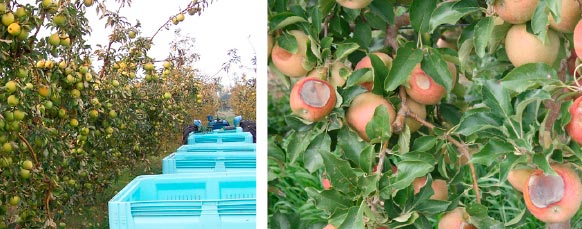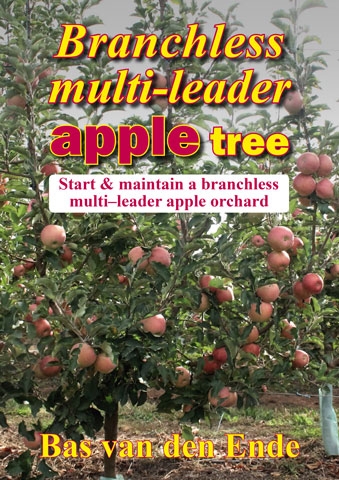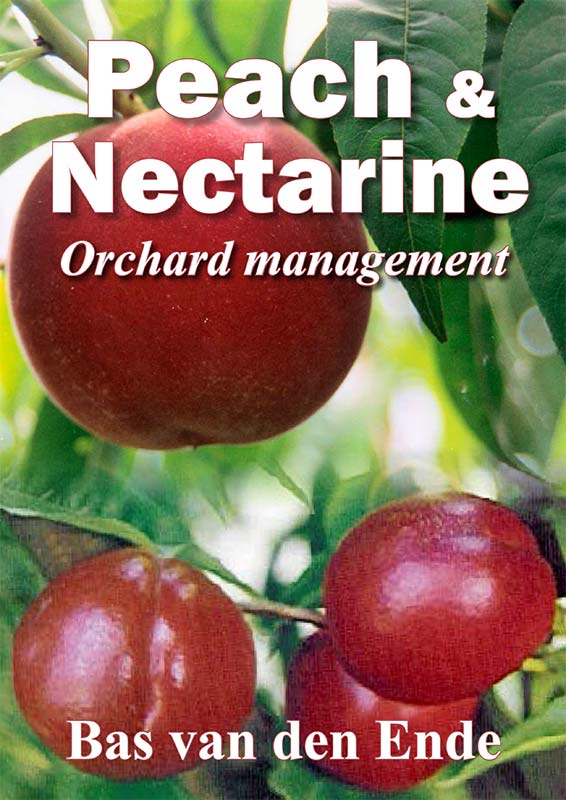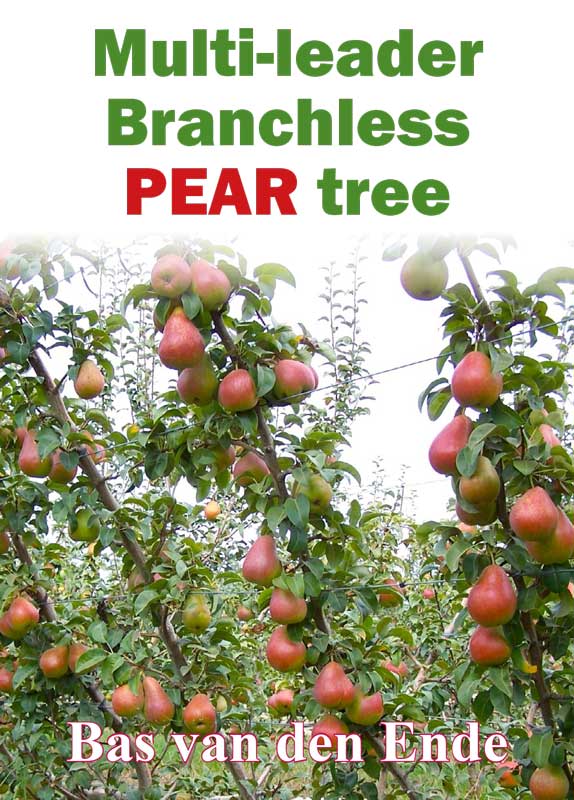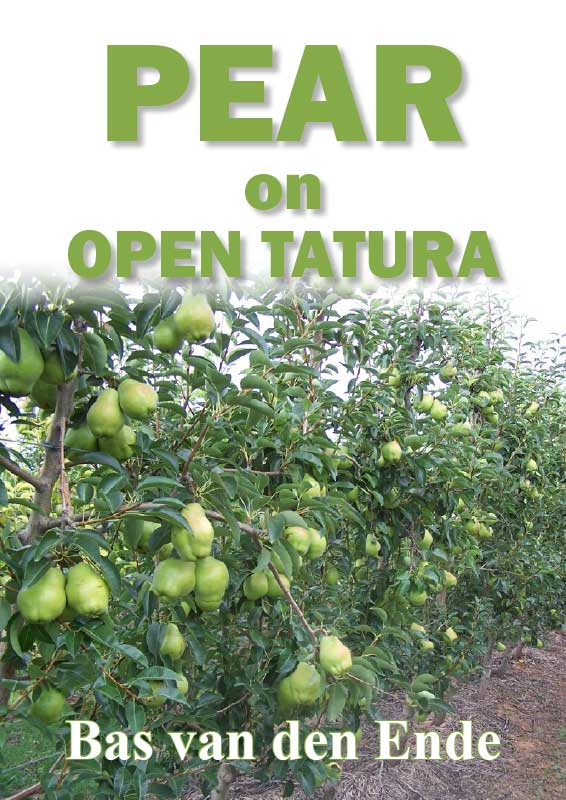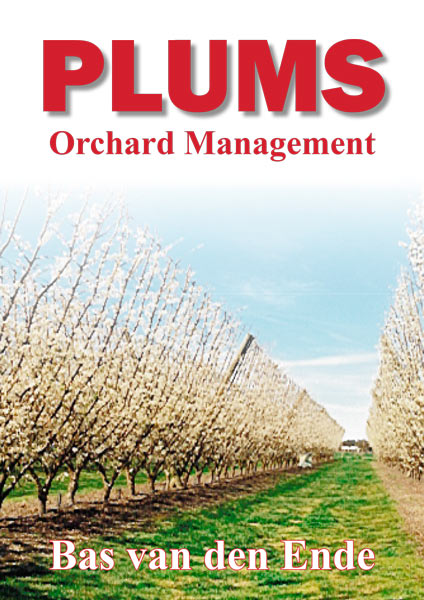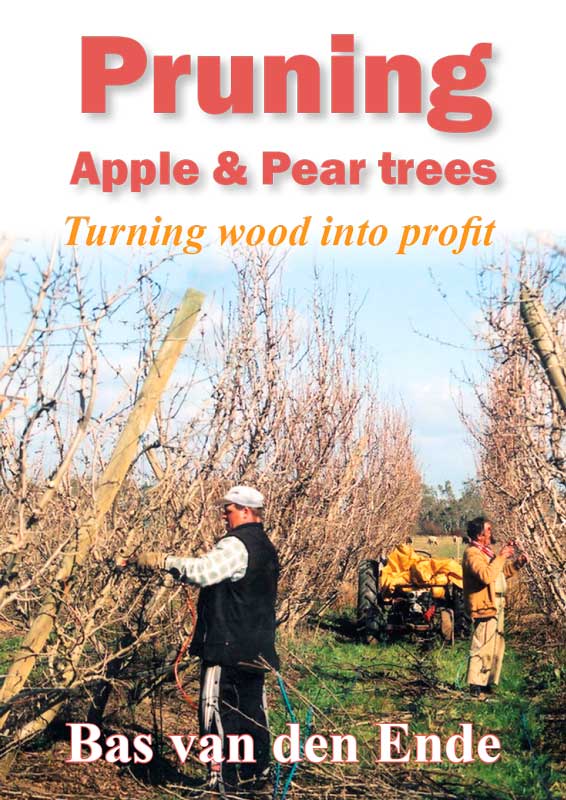In a high light environment where daily ambient summer temperatures exceed 30C, sunburn of apples and pears costs orchardists millions of dollars each year.
Apart from the loss of saleable fruit and physical damage, negative impact on orchard incomes is due to reduced fruit size, poor cold storage and increased grading costs.
Sunburn of fruit is not strictly a heat phenomenon. The complex nature of fruit skin blemish includes climatic factors such as the impact of ultraviolet (UV) and infrared light exposure; air temperature; wind and relative humidity; fruit physiological factors such as the presence of antioxidants and heat shock proteins; rate of fruit transpiration; skin characteristics such as level of wax development; and cultural practices such as canopy structure, irrigation method and crop protection sprays.
The following is a summary of these factors and what you can do to minimise sunburn of fruit:
• Sunburn damage is most likely to occur on calm, humid days with high UV radiation levels when air temperatures exceed 30C.
• Exposed fruit on the trees can heat significantly above air temperature, sometimes as much as 12C to 14C higher.
• The amount of direct exposure to the sun and the amount of air circulation are the main factors affecting fruit temperatures. Fruit size, wind direction and fruit transpiration are of lesser importance.
• Sunburn is always worse on the north and north–west sides of the trees (south and south–west in the Northern Hemisphere).
• Annual extension growth of shoots needs to be 200 to 300mm, and the shoots need to be well distributed over the tree to enable most fruit to enjoy filtered light rather than excessive amounts of direct sunlight.
• Fruit that is shaded by leaves will not sunburn, however, if the shade is too dense, development of skin colour will be poor.
• A feature of the Tatura Trellis and Open Tatura is that the fruit is grown on short stiff wood with most leaves above the fruit to provide transient shade and reduce the risk of sunburn while maintaining enough light for fruit to colour.
• Tree vigour and leaf coverage affect the incidence of sunburn. A lack of shoot growth, low vigour or a heavy crop may result in sunburn.
• Newly exposed fruit unconditioned to direct sunlight sunburns easily. This is because fruit grown in the shade, without any or little exposure to UV light, have low levels of antioxidants and heat shock proteins in the skin. These naturally occurring chemicals increase the fruit’s resistance to sunburn. Fruit on trees that have good exposure to sunlight have some protection from sunburn.
• Limb movement and twisting can be responsible for a lot of serious sunburn. Branches bearing fruit should not be allowed to bend over and expose fruit that was previously in the shade. Branches should be stiffened by pruning them back regularly (short pruning method).
• Careful attention to fruit thinning, especially toward the ends of branches, will prevent branch movement.
(cont next issue)
See this article in Tree Fruit Dec 2022
